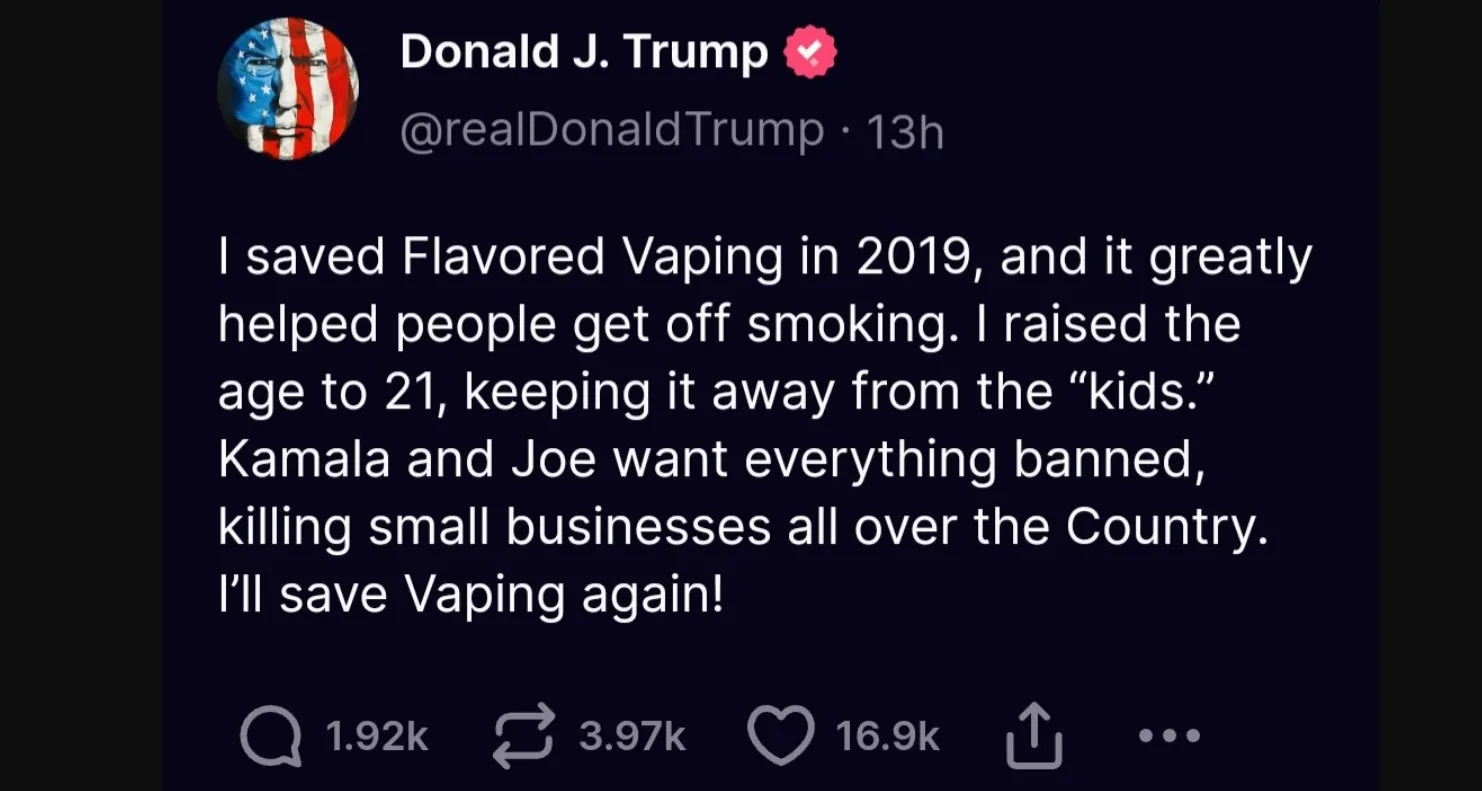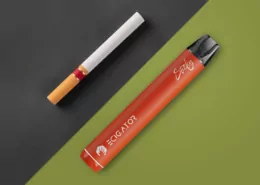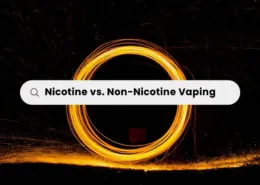Can President Trump Save Vaping? Millions of Vapers are Waiting!
The current federal regulatory framework governing vaping products in the United States stands as a major impediment to innovation and consumer access, argue critics within the industry and harm reduction communities. At the heart of the issue lie the 2009 Family Smoking Prevention and Tobacco Control Act (TCA) and the subsequent 2016 FDA “deeming rule,” which mandated the burdensome Premarket Tobacco Product Application (PMTA) process for all vaping products introduced after February 2007. This regulatory pathway requires extensive, costly scientific data submissions for agency review before a product can be legally marketed.
The practical effect has been the creation of a significant bottleneck. As of April 1, 2025, a mere 34 vapor products had received FDA marketing authorization. This incredibly low number starkly contrasts with the thousands of different combustible cigarette products readily available, many grandfathered under the TCA or approved via less stringent pathways. Expanding slightly, only 76 novel nicotine/tobacco products in total have cleared the PMTA hurdle in over a decade. This system, critics contend, disproportionately favors companies with vast resources while effectively shutting out the smaller, independent businesses that often drive innovation. The complex and expensive PMTA requirements present a nearly insurmountable barrier for many, stifling the development of potentially safer alternatives to smoking.
Big Tobacco’s Advantage and Alleged Influence
This restrictive regulatory environment, ironically, benefits the very Big Tobacco companies that were latecomers to the vaping market. The handful of FDA-authorized vaping products are exclusively owned by just three major tobacco corporations – entities that simultaneously profit immensely from the continued sale of traditional cigarettes. Critics allege that these corporations leverage their considerable resources and political influence not only to navigate the complex PMTA process themselves but also to maintain a regulatory status quo that limits competition.
Furthermore, concerns are raised about alleged misinformation campaigns potentially linked to established industry players. These campaigns range from amplifying fears about youth vaping – often used politically to justify sweeping flavor bans that impact adult smokers – to spreading sensationalist claims about illicit products, such as fentanyl-laced vapes supposedly originating from China. Concurrently, a wave of state-level “vapor product registry” bills threatens to further entrench this market concentration. These bills frequently restrict retail sales to only those products possessing federal PMTA authorization, effectively turning state governments into enforcers of a federal system that predominantly lists Big Tobacco products, all while potentially limiting consumer choice and burdening taxpayers.
Harm Reduction Undermined: A Missed Public Health Opportunity?
The current regulatory approach in the US appears to sideline the core principle of tobacco harm reduction, argue proponents. This principle advocates for providing adult smokers, who are unable or unwilling to quit nicotine entirely, access to significantly less harmful alternatives like vaping. The potential public health gains are substantial. Notably, the period of vaping’s market growth has coincided precisely with a historic decline in adult smoking rates in the US. A March 2025 CDC report confirmed smoking prevalence reached a 60-year low. While multiple factors contribute, harm reduction advocates argue the correlation strongly suggests that vaping has played a significant role by offering smokers a viable off-ramp from deadly combustible products. Yet, US policy often seems driven more by fear and skepticism than by an embrace of this potential, effectively prioritizing the impossible goal of eliminating all nicotine use over the achievable goal of drastically reducing smoking-related death and disease.
International Contrasts: Learning from Global Approaches
The hesitancy of the US regulatory system stands in stark contrast to approaches adopted by public health authorities in several other Western nations. Countries like the United Kingdom, Canada, and New Zealand have publicly acknowledged the substantial body of evidence indicating that vaping is significantly less harmful than smoking cigarettes. Health bodies in these nations often incorporate vaping into their official smoking cessation strategies, encouraging adult smokers who haven’t succeeded with other methods to switch. This pragmatic acceptance of harm reduction principles abroad highlights what many see as a missed opportunity within the US, where regulatory actions often seem misaligned with the goal of minimizing smoking-related harm.
The Independent Roots and Evolution of Vaping
Understanding the origins of vaping is crucial to appreciating the current regulatory dilemma. Modern e-cigarettes weren’t invented in the boardrooms of Big Tobacco. Credit largely goes to Hon Lik, a Chinese pharmacist motivated by a desire to quit smoking himself. Introduced to the US market around 2007, vaping technology rapidly evolved, driven primarily by independent entrepreneurs and former smokers seeking better alternatives. From basic “cigalikes” to customizable “open systems,” convenient “pod mods,” and the current wave of user-friendly disposables, innovation was initially characterized by responsiveness to consumer needs. Big Tobacco only entered the fray significantly years later, acquiring brands blu (in 2012) well after the market had been established by others. The current regulatory landscape, critics argue, fails to recognize or support this history of grassroots innovation.
The Stakes for 20 Million Adult Vapers
Lost in the regulatory battles and political maneuvering are the millions of American adults who use vaping products. Estimates suggest over 20 million adults vape, and demographic data consistently shows the vast majority (particularly those aged 25+) are either current or former smokers. For many, vaping represents a conscious choice to move away from the well-documented dangers of combustible tobacco. Flavored products, often targeted by bans, play a critical role for many adult users in successfully transitioning away from cigarettes and preventing relapse. Restrictive regulations and limited product availability threaten the progress these individuals have made, potentially driving some back to smoking or towards unregulated illicit markets. Their ability to choose less harmful alternatives is directly impacted by the outcomes of these policy debates.
A Call for Action: Will Trump Fulfill His Vaping Promise?

Amidst this complex and often contentious environment, President Trump has made a renewed promise to “save flavored vaping.” This pledge resonates deeply with the millions of adult vapers facing uncertainty. To make this promise a reality, several changes must be made:
- The FDA must acknowledge the promise of harm reduction and prioritize the approval of reduced-risk products over combustible cigarettes.
- The TCA must be updated to reflect the latest scientific evidence and real-world consumer behavior, making it easier for innovative, reduced-risk products to enter the market.
- Big Tobacco should not be allowed to monopolize the harm reduction movement, which was sparked by former smokers and independent innovators.
- State lawmakers must resist the pressure to advance vapor product registry bills that turn conservative policymakers into de facto enforcers of federal overreach.
While recent personnel changes at HHS are noted, advocates stress that true relief requires fundamental reform of the underlying regulatory structure – specifically, the TCA and its burdensome PMTA pathway. The hope is for policies that are genuinely risk-proportionate, foster responsible innovation in harm reduction, and prioritize the needs of adult smokers seeking safer options. More than 20 million Americans are watching, waiting to see if the President will translate his promise into concrete actions that reform the system and secure access to these alternatives.







